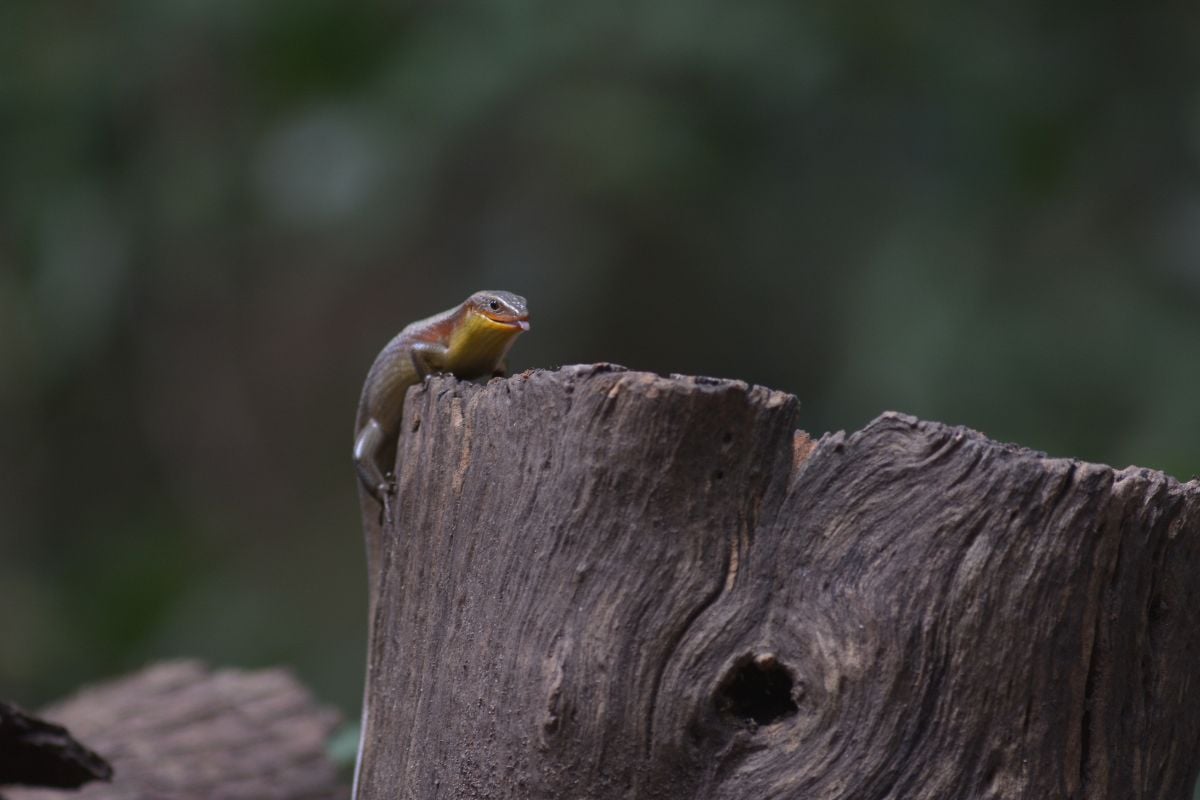 Are you excited about the idea of growing a garden that butterflies love? Looking forward to beautiful fluttering wings? If you want to attract butterflies, it’s not enough to offer the adult butterflies a bit of nectar. You must also create a garden that is hospitable for their offspring–caterpillars.
Are you excited about the idea of growing a garden that butterflies love? Looking forward to beautiful fluttering wings? If you want to attract butterflies, it’s not enough to offer the adult butterflies a bit of nectar. You must also create a garden that is hospitable for their offspring–caterpillars.
Your plants will need nourishment. Organic finished compost is safe for both plants and insects. Start in advance by composting kitchen scraps. The fastest way to compost at home is to use composting worms. Uncle Jim’s Worm Farm has composting bins and composting worms to make plenty of finished compost.
Nectar Isn’t Enough for Butterflies
The mistake that many gardeners make is that they plant flowers that offer nectar for adult butterflies, then do nothing more.
Like other creatures, butterflies are driven to eat and survive–and to reproduce as well. So in addition to finding a meal today, butterflies need to find plants that their future baby caterpillars can. When butterflies find those plants, they lay their eggs there.
If butterflies don’t find plants yummy plants for their caterpillars in your garden, they may stop for a little snack. However, they will move on quickly.
You can keep butterflies around longer if you provide food for their caterpillars.
What to Plant for Butterflies and Caterpillars
If you look at a list of plants for butterflies, you may see recommendations that are only for adults. One example is the butterfly bush (Buddleja). It’s a beautiful shrub that does indeed attract butterflies. However, it provides nothing for any kind of North American caterpillar.
If you want a plant that helps caterpillars as well as butterflies, try any plant called Asclepias. You may know this group of plants by a different name: milkweed.
Don’t be put off by the word “weed.” These are lovely plants with colorful flowers. Asclepias tuberosa, which gets orange flowers, is now commonly called butterfly flower. In the past, this plant was more commonly called butterfly weed. However, garden centers that want to sell it know some people just can’t get past the name.
Want a continuous display of orange or pink flowers throughout the growing season? Plant several varieties of milkweed such as butterfly flower, common milkweed (Asclepias syriaca), and swamp milkweed (Asclepias incarnata).
Asclepias is vital to Monarch butterflies; they will lay their eggs only on these plants.
But the milkweed plants are important to other butterflies and moths, too. At least 11 other species reproduce on Asclepias.
Other Plants for Caterpillars
Most plants that provide food for caterpillars and nectar for adult butterflies are native plants. Native plants are generally defined as plants that were in North America before Europeans arrived. The butterflies and plants have had a long time to adapt to each other. New hybrids don’t offer the sustenance that native plants do. Also, not all critters have been able to adapt to non-native plants.
You can check with your local extension service to choose native plants. Ask which native plants will grow best in your area, as well as help adult butterflies and caterpillars.
How to Use Compost
After your composting worms have made some finished compost, harvest the compost. Dig it into the soil when preparing to plant. Finished compost is also great as a top dressing or side dressing. If you would like to make worm tea, follow our instructions.
Uncle Jim’s Worm Farm is the #1 supplier of composting worms and supplies in the United States. Read our blog and check out our composters.









One thought on “How to Grow a Butterfly Garden Using Compost”
Great article! I like how this post is educating me during this time of pandemic.